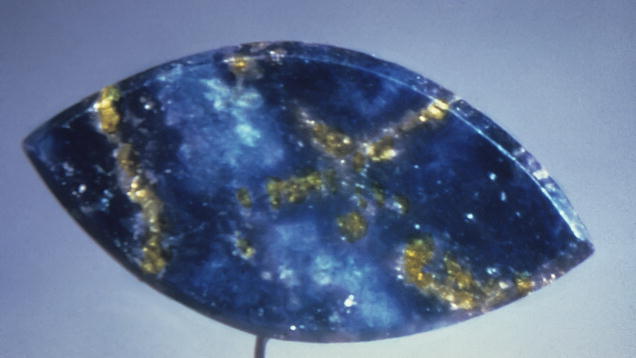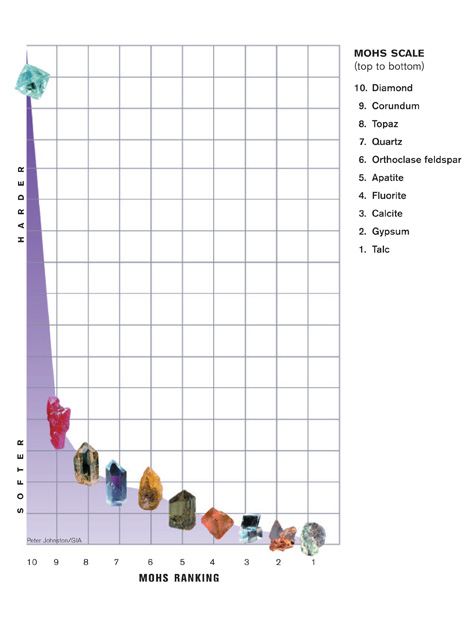Lapis Lazuli Care and Cleaning

Lapis is between 5 and 6 on the Mohs scale, depending on its composition. With care, lapis jewelry and carvings can delight their owners for generations. Its toughness is considered Fair.

Lapis lazuli’s hardness ranks between 5 and 6 on the Mohs hardness scale.
Stability
The dye used in some lapis can come off if it’s rubbed with acetone (nail polish remover) or denatured alcohol, so it’s sometimes sealed with wax or plastic. Wax sealers can deteriorate when they’re exposed to heat or solvents.
Lapis that hasn’t been dyed might be impregnated with wax or oil to improve its color and luster. These treatments have only fair stability, and a gemologist can detect them.
Cleaning
Warm, soapy water is the safest way to clean lapis lazuli. It’s best to test a small, inconspicuous area first, because some dye treatments are not stable.
.jpg)


